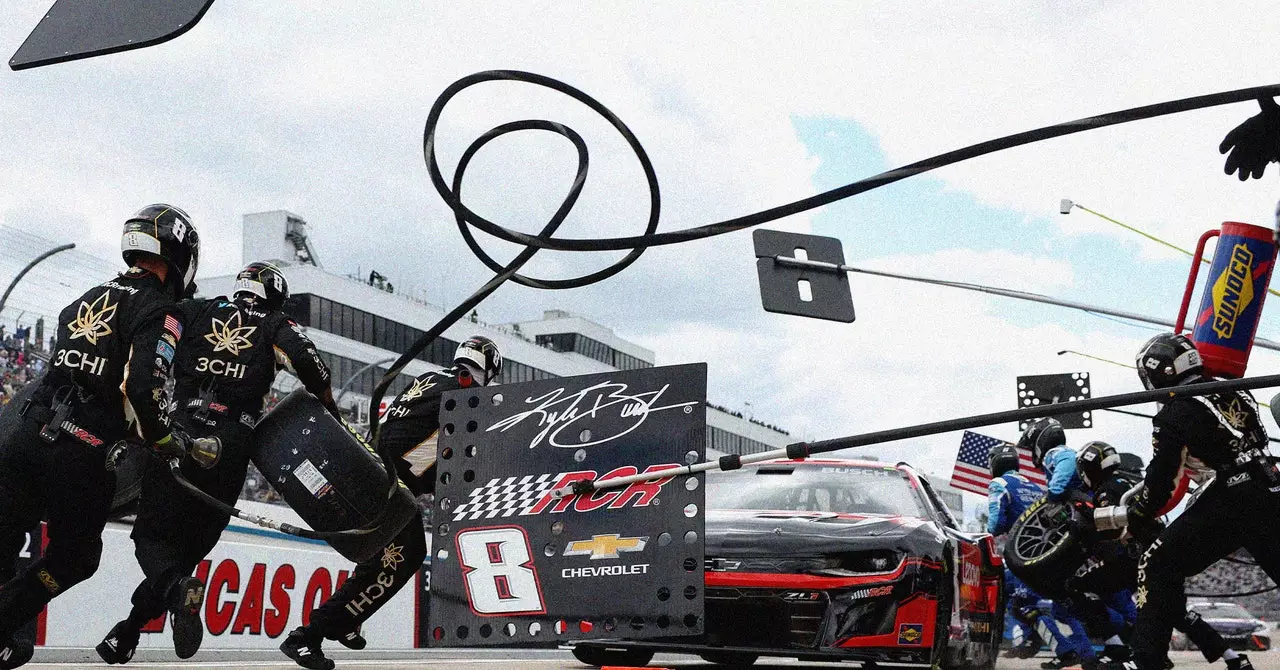In the realm of motorsports, Formula One has always been considered the epitome of technology and precision. However, despite the efforts of Liberty Media to push the sport further into the American market, it is Nascar that continues to thrive in the US. There is something about the raw power of a V8 engine roaring around an oval track that captures the hearts of American fans. While European race fans may turn up their noses at stock car racing, Nascar seems to have found a winning formula that keeps viewers coming back for more.
It is a common misconception that Nascar is a low-tech sport compared to the likes of Formula One. In reality, Nascar teams are constantly looking for ways to gain a technological advantage, whether it be through aerodynamics, engine performance, or pit stop strategies. One of the latest developments in Nascar is the partnership between Lenovo and Richard Childress Racing to optimize pit stop efficiency using artificial intelligence.
Lenovo’s collaboration with Richard Childress Racing focuses on using AI to improve the accuracy and efficiency of pit stops during a race. Fuel management is a critical aspect of Nascar racing, as teams need to calculate the right amount of fuel to take on during pit stops to ensure they can finish the race without running out of gas. This is where Lenovo’s AI technology comes into play, providing real-time insights into refueling processes.
Lenovo’s AI system relies on in-car transponders and a camera mounted above the pit box to monitor the refueling process. By analyzing video feeds at a rate of 30 frames per second, the AI engine can accurately detect when the fuel can is connected or disconnected from the car. This level of precision allows teams like Richard Childress Racing to calculate the exact amount of fuel delivered to the car during pit stops, eliminating the margin for error that previously existed.
The ability to accurately measure fuel intake during pit stops has a direct impact on the overall race strategy. In the past, fuel calculations were done manually, leading to potential errors that could result in a team running out of gas before the end of the race. With Lenovo’s AI technology, teams can now make more informed decisions about when to pit and how much fuel to take on, ultimately giving them a competitive edge on the track.
The integration of AI technology into Nascar racing represents a significant step forward in improving the efficiency and accuracy of pit stop procedures. While Formula One may still hold the title of the most technologically advanced racing series, Nascar is proving that it is not far behind. The marriage of AI and racing is a perfect example of how innovation can enhance the overall racing experience for teams, drivers, and fans alike.


Leave a Reply
You must be logged in to post a comment.